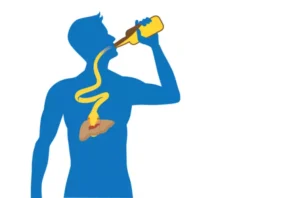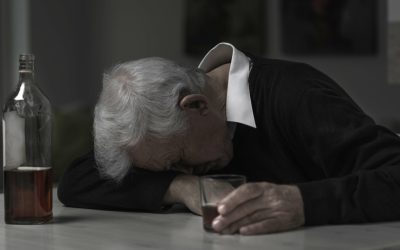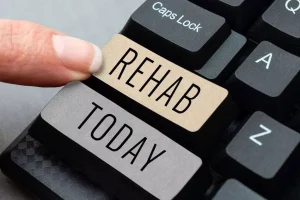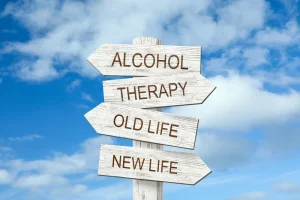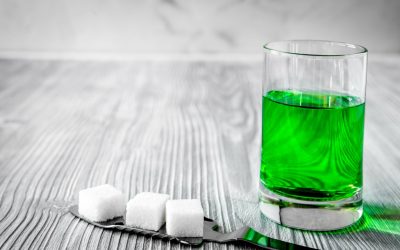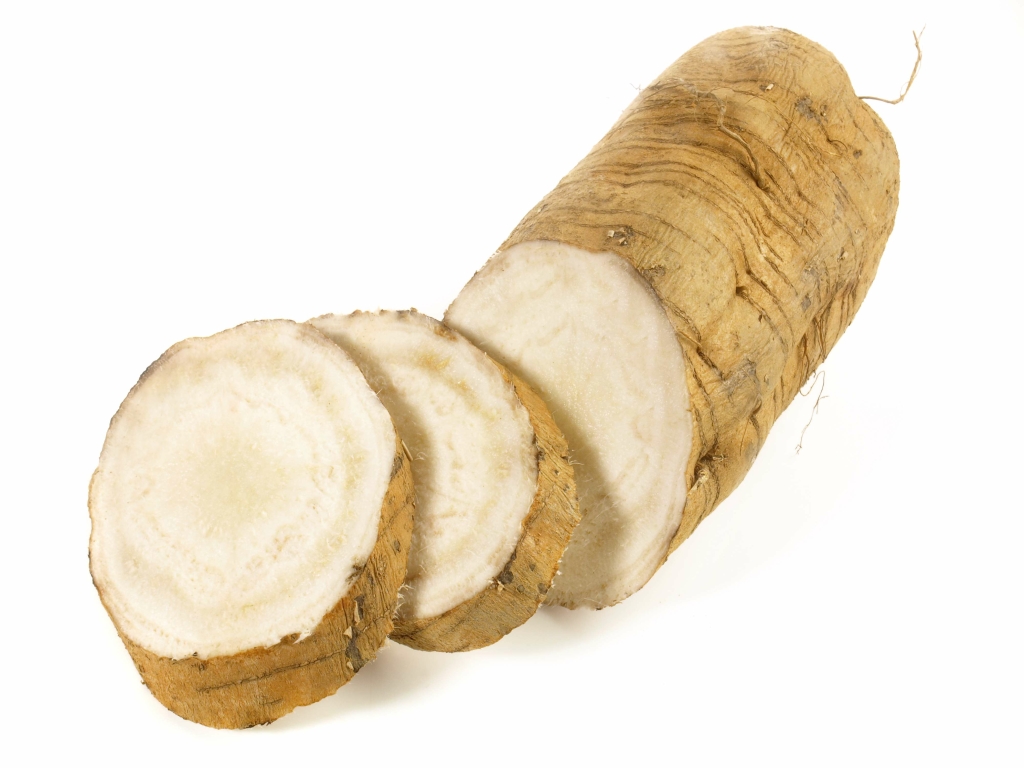All MASH-certified sober homes follow the National Alliance for Recovery Residences (NARR) standards and have been independently inspected. Rockland Recovery Homes is certified by New York State as a not-for-profit organization with 501(C)3 status. We will open recovery homes in Rockland County to provide a safe, relaxing, enjoyable place to live, for people working at recovery from a SUD. A place they will be proud to call their home, enjoy taking care of and being responsible for. To support persons in recovery by improving their access to safe, stable residences with peer and community support.
The cost of repeat treatment, prison time, ER visits is far greater than the cost of a recovery home. Paul needed a structured and supportive social life, he needed to be with others in recovery.
Fire Sprinkler System Program (FSSP)
For the warmer months, we also have an outdoor meeting area, large decks, and a yard to enjoy. We expect our residents to be actively involved in https://ecosoberhouse.com/ an individual recovery plan. We facilitate in- house AA and NA meetings, and all residents are subject to supervised drug and alcohol testing.
- Rockland Recovery Homes is certified by New York State as a not-for-profit organization with 501(C)3 status.
- We will open recovery homes in Rockland County to provide a safe, relaxing, enjoyable place to live, for people working at recovery from a SUD.
- The Fire Sprinkler System Program (FSSP) is designed to support and protect sober housing in Massachusetts by providing one-time grants to Massachusetts Alliance for Sober Housing (MASH)-Certified Sober Homes for the installation of sprinkler systems.
- The cost of repeat treatment, prison time, ER visits is far greater than the cost of a recovery home.
- Search our directory to find a list of all MASH-certified sober homes.
To refer an ATR participant for sober home assistance and placement, authorized portals should complete this referral form and upload any required documentation. Our referral form is password protected, and only Authorized Referral Portals have access to make a referral. Each guest can expect a clean bed, sufficient clothing storage, HDTV w/ cable and free wifi in every room inside a clean, well maintained home cared for by the guests who stay there! Our homes are smoke free but there are plenty of designated outdoor smoking areas.
How to refer an individual for Sober Home services
Our vision is adequate housing for all individuals in recovery from a substance use disorder. Living with others that are successful, demonstrates to them that it is possible and helps them reach that point. The Fire Sprinkler System Program (FSSP) is designed to support and protect sober housing in Massachusetts by providing one-time grants to Massachusetts Alliance for Sober Housing (MASH)-Certified Sober Homes for the installation of sprinkler systems.
- For the warmer months, we also have an outdoor meeting area, large decks, and a yard to enjoy.
- Paul needed a structured and supportive social life, he needed to be with others in recovery.
- Are you a state agency, licensed provider, individual, or family looking for a MASH-certified sober home?
- Our homes and their atmospheres are nurtured by the guests they provide for.
- Each guest can expect a clean bed, sufficient clothing storage, HDTV w/ cable and free wifi in every room inside a clean, well maintained home cared for by the guests who stay there!
- To refer an ATR participant for sober home assistance and placement, authorized portals should complete this referral form and upload any required documentation.
- Referred by a community provider, an eligible ATR participant will work with an ATR Housing Coordinator to find a sober home that meets their needs.
ATR addresses another critical recovery support for ATR participants – HOUSING. Sober home services provide wrap-around support to ATR participants experiencing housing instability by addressing both their housing and recovery needs. Referred by a community provider, an eligible ATR participant will work with an ATR Housing Coordinator to find a sober home that meets their needs. mash certified sober homes ATR will pay the sober home rent and will assign a peer recovery coach to work alongside the participant for the duration of their stay in the sober home. ATR only funds participants to live in sober homes that are certified by the Massachusetts Alliance for Sober Housing (MASH), which is the primary agency for accountability of all certified sober homes in Massachusetts.
How to Apply for the FSSP
Boston Sober Homes is a M.A.S.H certified sober housing company for those who are serious about their recovery and sobriety. Our mission is to provide clean, comfortable accommodations in a positive environment for those looking to live a sober lifestyle. Our homes and their atmospheres are nurtured by the guests they provide for. Are you a state agency, licensed provider, individual, or family looking for a MASH-certified sober home? Search our directory to find a list of all MASH-certified sober homes.




